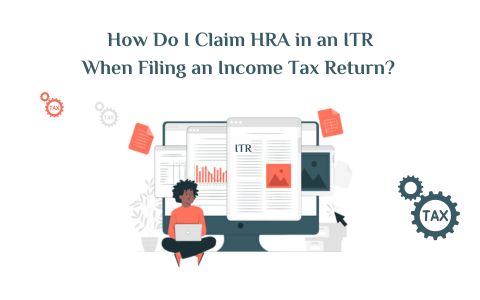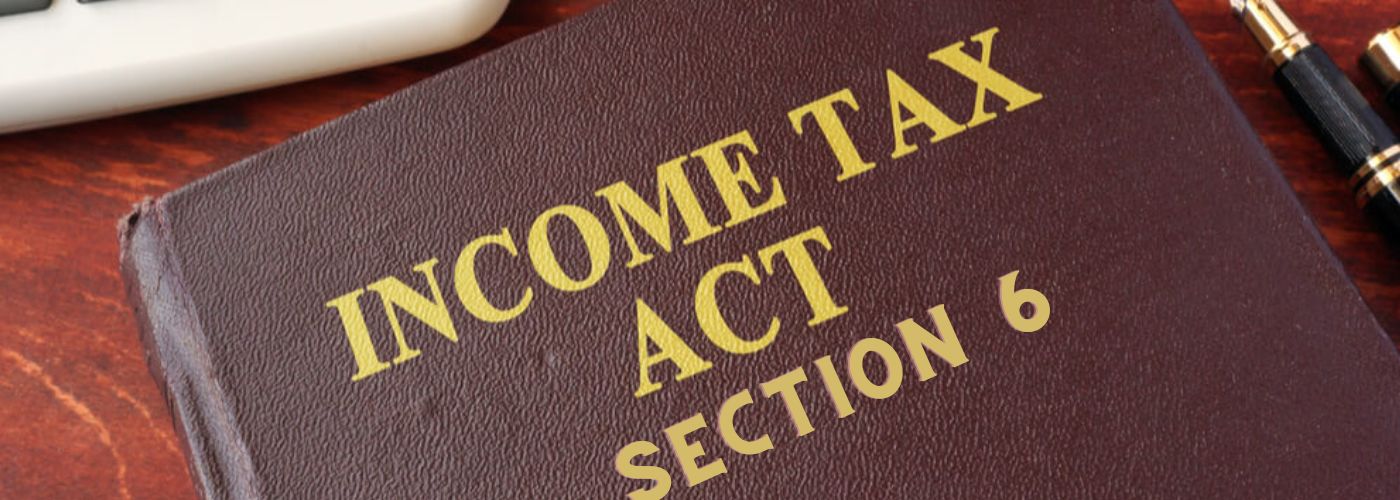Introduction
One of the most important advantages provided in a salary slip for people earning a salary is the HRA (House Rent Allowance) for Claim HRA in ITR. If you earn a salary and rent your house, you can utilize the HRA to offset a portion or all of your income tax liability. The same amount will pay your rental housing costs. However, if you do not own your house, the HRA is fully taxable. Learn more about Claim HRA in ITR on this blog.
You can request an HRA exemption and Claim HRA in ITR when you file your income tax returns. This is only possible if your employer does not file an HRA claim on your behalf. The sharda associates HRA calculation can be used to calculate your HRA amount by claiming HRA on your ITR. If you have a legal problem, sharda associates’ experienced legal specialists can help.
Who is eligible for HRA exemption?
Salaried people who receive house rent allowance as part of their salary might claim HRA exemption if they pay rent on the place they live. HRA exemption cuts taxable salary entirely or partially.
The HRA amount is shown in the employer’s tax prediction statement at the start of each fiscal year. The HRA is deducted from your salary by your employer. You can notice the deduction in Part B of Form 16 generated by your employer when you file your ITR (Income Tax Return). If your HRA claim is not included in your ITR, you can file an amended return before the fiscal year ends.

HRA Calculation
To calculate HRA, you must first determine how much HRA you got from your employer throughout the fiscal year. Then, it would be beneficial if you could decide the least of the following:
- Actual HRA paid by the employer.
- Rent paid less than 10% of basic salary.
- 50% of basic salary in metro areas or 40% of basic salary in non-metro areas, as applicable.
The taxable HRA amount is then calculated by subtracting the least of the mentioned from the actual HRA received. Finally, determining the HRA exemption by deducting the taxable HRA amount from the least of the following would be beneficial. HRA exemption = Actual HRA received minus the lesser of (a, b, c) or zero (whichever is less) and Taxable HRA amount = Actual HRA received minus the lesser of (a, b, c) or zero (whichever is less).
Different HRA Calculation Methods:
HRA is calculated using a variety of ways, including the real rent paid approach, the actual HRA received method, and the metro/non-metro method. The real rent paid technique takes into account the employee’s actual rent, whereas the actual HRA received method takes into account the employer’s actual HRA. To calculate the HRA amount, the metro/non-metro technique takes the employee’s location and basic income into account.
How to Calculate HRA Accurately
- Keep the following guidelines in mind when calculating HRA:
- Maintain detailed records of rent paid and HRA received from your employer.
- Understand the qualifying requirements and terms for claiming HRA.
- Understand the various techniques for calculating HRA and select the method that is most favourable to you.
- To calculate HRA accurately, follow the formula and instructions.
- If you have any problems or queries about HRA calculation or taxation, consult a tax specialist.
What Is the Currently Available HRA Exemption Limit?
The HRA exemption limit is determined as follows:
- Actual House Rent Allowances received 40% for non-metro residents and 50% of the minimum income, including the dearness allowance, for residents of big cities.
- Housing expenditures, including dearness allowance, are less than 10% of basic wage.
- If you claim a deduction under Section 80GG, the least of the following will be used as the limit for HRA exemption in your income tax return.
- 5,000 dollars each month.
- 25% of total adjusted earnings.
- Actual rent paid is less than 10% of adjusted total income, which is total income less any 80C to 80U deductions, long-term capital gains, short-term capital gains, and income under Section 115A or 115D.



